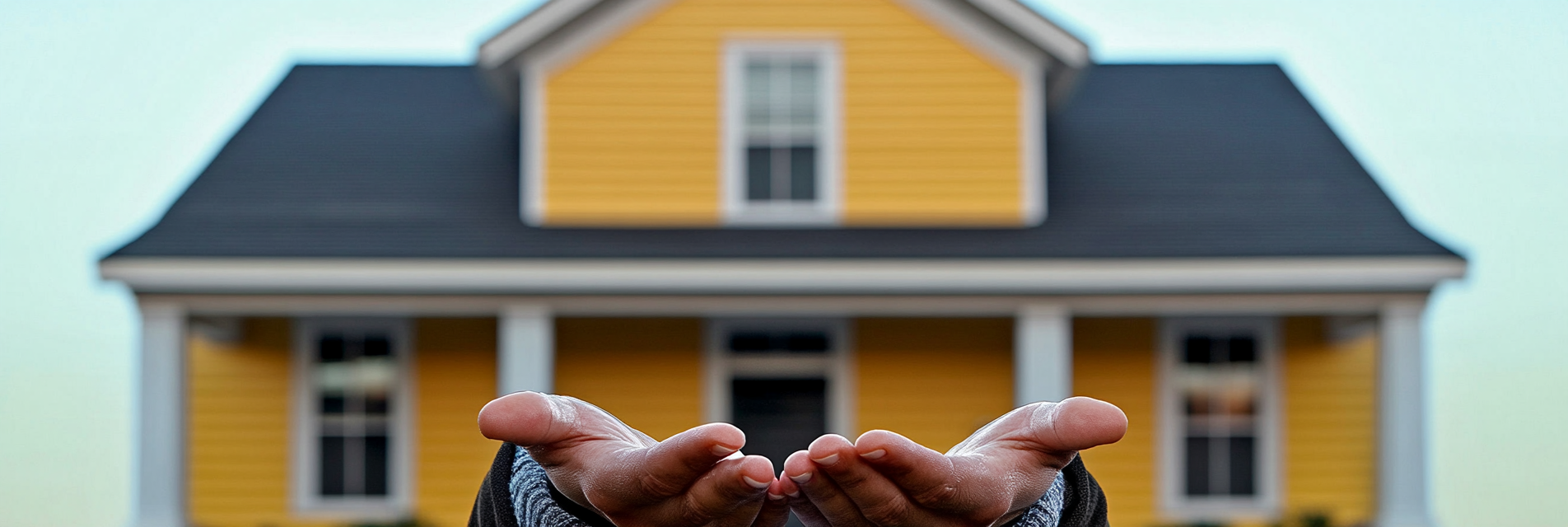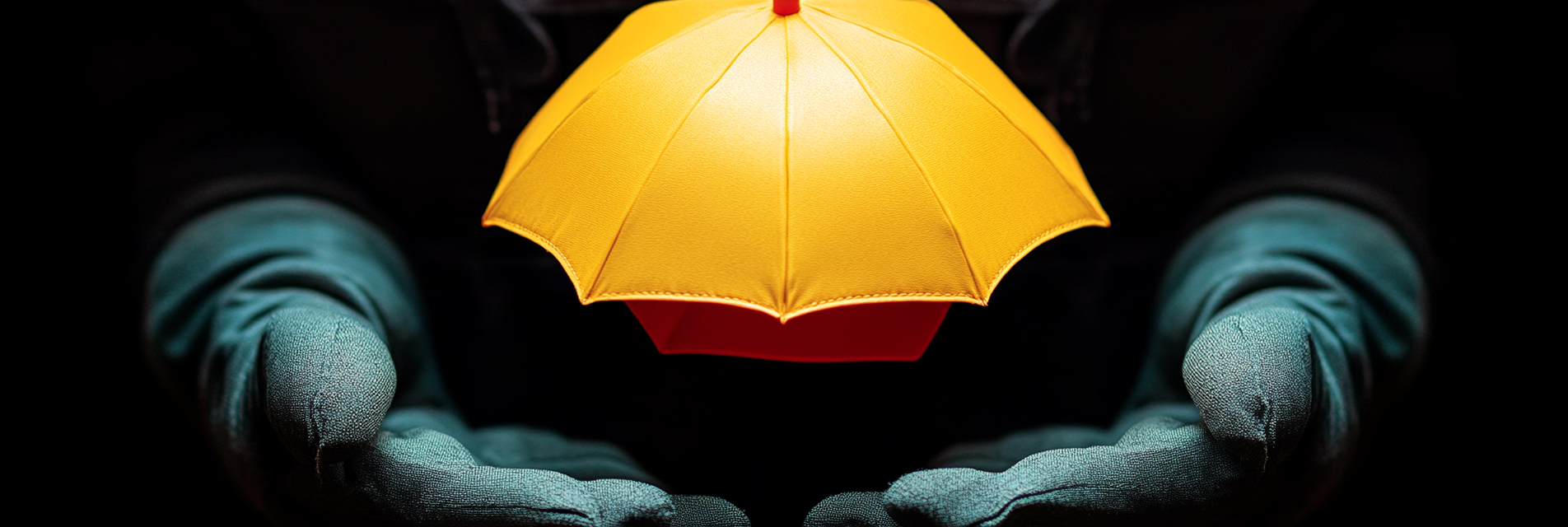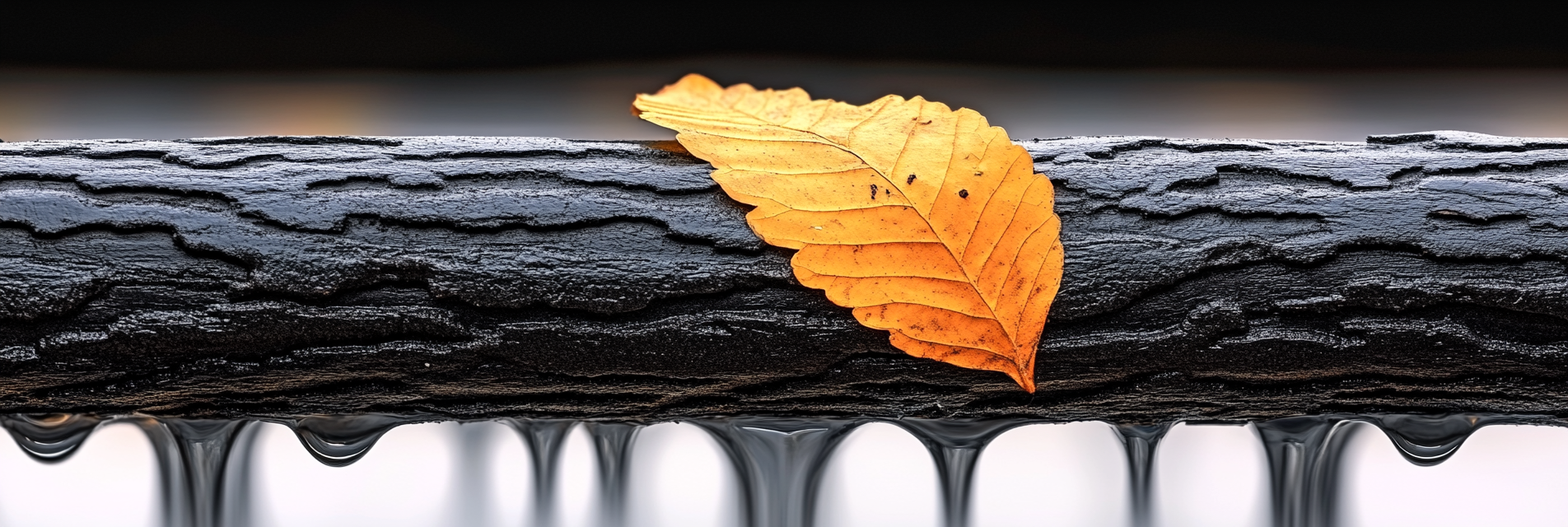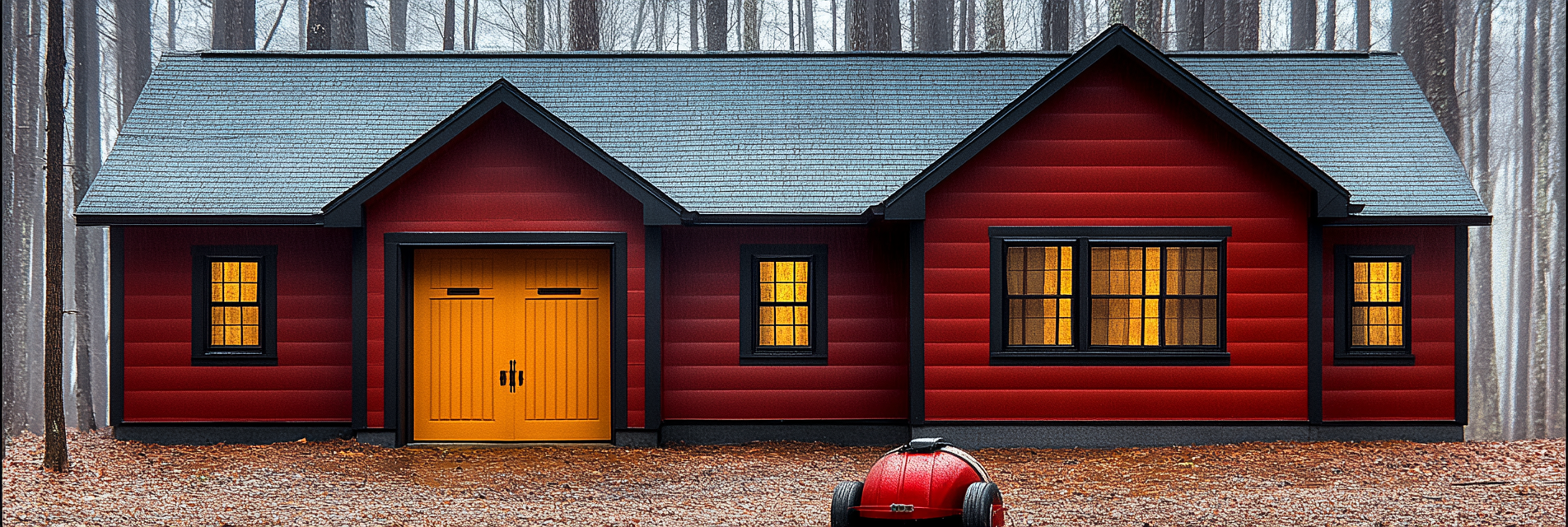Washington state is located in a seismically active region, making earthquake preparedness an essential part of home safety planning. Unlike other natural disasters, earthquakes strike without warning, so being ready in advance is crucial. This article provides comprehensive tips on securing your home, emergency supplies, family planning, and post-earthquake safety.
1. Securing Your Home Against Earthquakes
Reducing the risk of injury and damage during an earthquake starts with fortifying your home:
- Anchor Heavy Furniture:
- Secure tall furniture, like bookshelves and cabinets, to wall studs using brackets or straps.
- Install anti-tip devices for TVs and heavy appliances.
- Install Safety Latches:
- Use earthquake safety latches on cabinet doors to prevent items from falling out during shaking.
- Reinforce Your Home’s Structure:
- Have a professional inspect your home for potential weaknesses and consider retrofitting if it was built before modern seismic building codes.
- Ensure your home is bolted to its foundation.
Product Tip: QuakeHOLD! Furniture Straps provide an easy solution for securing heavy items to walls and preventing them from tipping over during seismic activity.
2. Protecting Your Home’s Interior
Inside your home, take precautions to reduce potential hazards:
- Secure Wall Hangings and Mirrors: Use safety hooks and earthquake gel to secure wall decorations and mirrors.
- Avoid Heavy Items Over Beds: Move heavy framed pictures or mirrors away from places where people sleep or sit.
- Anchor Small Appliances: Use adhesive-backed fasteners or non-skid mats to secure smaller items like microwaves and desktop computers.
3. Assembling an Earthquake Emergency Kit
Having an emergency kit on hand ensures your family is prepared to manage without assistance for at least 72 hours:
- Basic Supplies:
- Water (at least one gallon per person per day for three days)
- Non-perishable food items
- Flashlights and extra batteries
- First aid kit, including bandages, antiseptics, and pain relievers
- Additional Supplies:
- Portable power banks
- Multi-tool or Swiss Army knife
- Dust masks (N95 recommended) to filter out debris
- Emergency blankets and warm clothing
Product Tip: The Ready America 4-Person Emergency Kit comes pre-packed with essentials, making it a convenient option for earthquake preparedness.
4. Creating a Family Emergency Plan
A clear emergency plan helps ensure everyone in your household knows what to do when an earthquake strikes:
- Establish Safe Spots:
- Identify sturdy furniture such as tables or desks where family members can take cover.
- Teach children to stay away from windows, mirrors, and heavy objects that could fall.
- Practice Drop, Cover, and Hold On:
- Regularly practice this drill so that everyone knows to get under sturdy furniture, cover their head and neck, and hold on until the shaking stops.
- Designate Meeting Points:
- Choose a location outside your home where everyone can gather after the shaking subsides.
- Select a secondary meeting point if your neighborhood is inaccessible.
5. Securing Utilities and Preventing Hazards
Prevent further dangers such as fires or gas leaks by securing utilities:
- Install an Automatic Gas Shutoff Valve: This valve shuts off your gas supply automatically during significant shaking.
- Know How to Manually Shut Off Water and Gas: Teach all household members how to locate and shut off utility valves safely.
- Secure Water Heaters: Strap your water heater to wall studs to prevent it from tipping over and breaking pipes.
6. Maintaining Communication During and After an Earthquake
Staying informed is critical for safety:
- Keep a Battery-Operated Radio: Use a NOAA weather radio or an emergency radio to receive updates and safety instructions.
- Create an Emergency Contact List: Share it with all family members and keep a copy in your emergency kit.
- Cell Phone Tips:
- Use text messaging instead of calling to preserve battery life and reduce network congestion.
- Keep power banks charged to extend phone battery life during outages.
7. Post-Earthquake Safety Measures
Once the shaking stops, your safety checks and actions are crucial:
- Check for Injuries: Administer first aid to anyone who needs it and call for emergency help if necessary.
- Inspect Your Home:
- Look for structural damage, gas leaks (smell of gas or a hissing sound), and electrical hazards before entering.
- Turn off the gas if you suspect a leak, but only if it’s safe to do so.
- Avoid Damaged Areas: Stay clear of buildings, bridges, and overpasses that may have been compromised.
- Stay Informed: Monitor local news and updates for aftershocks and any further instructions from authorities.
8. Protecting Against Aftershocks
Aftershocks can be almost as dangerous as the initial earthquake:
- Remain Vigilant: Stay in a safe place and be prepared to Drop, Cover, and Hold On if aftershocks occur.
- Check Your Emergency Kit: Restock supplies as needed if you used items during the initial earthquake.
- Secure Your Property: Make temporary repairs if possible to prevent further damage from aftershocks.
Conclusion
Preparing for an earthquake involves securing your home, assembling an emergency kit, and educating your family on safety measures. By taking proactive steps, you can minimize damage and enhance your family’s safety during and after an earthquake. Paul Lindberg’s Dryer Fire Fighters encourages all residents in Washington state to prioritize earthquake preparedness and create a comprehensive plan that protects both their property and loved ones.
Serving the communities of:
Kennewick | Pasco | Richland | West Richland | Finley | Burbank | Benton City | Prosser | Grandview | Connell
As the sole certified dryer exhaust technician recognized by CSIA.org in the Tri-Cities area, Paul brings a wealth of expertise to fire prevention. His primary focus lies in addressing the root cause of many residential fires: lint buildup in dryer cavities and vents. Through rigorous inspections and thorough cleanings, Paul ensures that families and businesses can enjoy peace of mind, knowing their properties are safeguarded against fire risks.









































